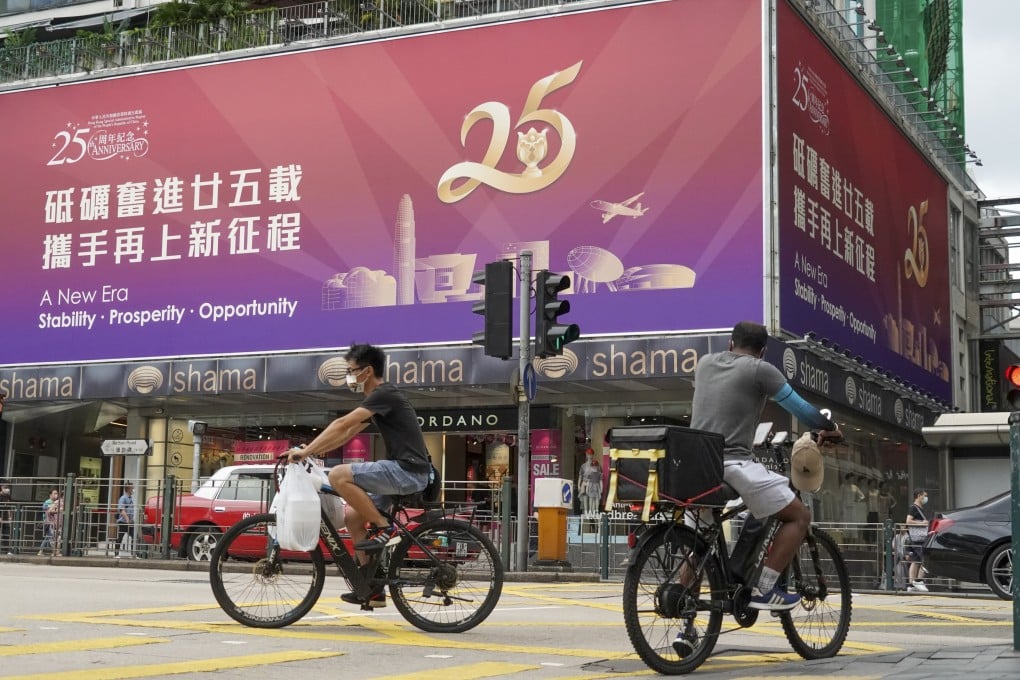Letters | Hong Kong leader’s policy address should have mapped route to a more car-free city
- Readers discuss gaps in the policy address’ plans for transport, and the impact of soaring private car ownership on air quality

It is unfortunate, though, that the policy address does not look much further in seeking to improve mobility. It did not touch on cycling or other types of public transport.
Improving existing cycling paths and constructing new segregated cycle lanes in urban Kowloon, especially on major thoroughfares such as Nathan Road and Argyle Street, could go a long way in promoting cycling in Hong Kong. Currently, there are few to no bike lanes in dense urban areas such as Mong Kok or the busier parts of West Kowloon, but these areas are precisely the ones that would benefit the most from segregated cycle paths.
By making it easier for people to use bikes to commute, work or shop in the area, we can potentially reduce the pressure on public transport and roads while attracting more urban residents to use bikes regularly. Cycling paths could also help reduce car use in those areas, which would be great for the environment and for the reduction of noise pollution.
On the public transport front, I think that buses have been overlooked in the policy address. In neighbourhoods the MTR can’t reach, such as Tai O and Sha Tau Kok, buses are a lifeline for many residents who work outside the area. Therefore, it is imperative that greater consideration be given to improving the quality and frequency of bus services, as this too could help decrease the number of cars in these localities.
Consideration should also be given to establishing segregated lanes for buses and minibuses on major arterial roads to minimise traffic problems and ensure punctual bus services.
